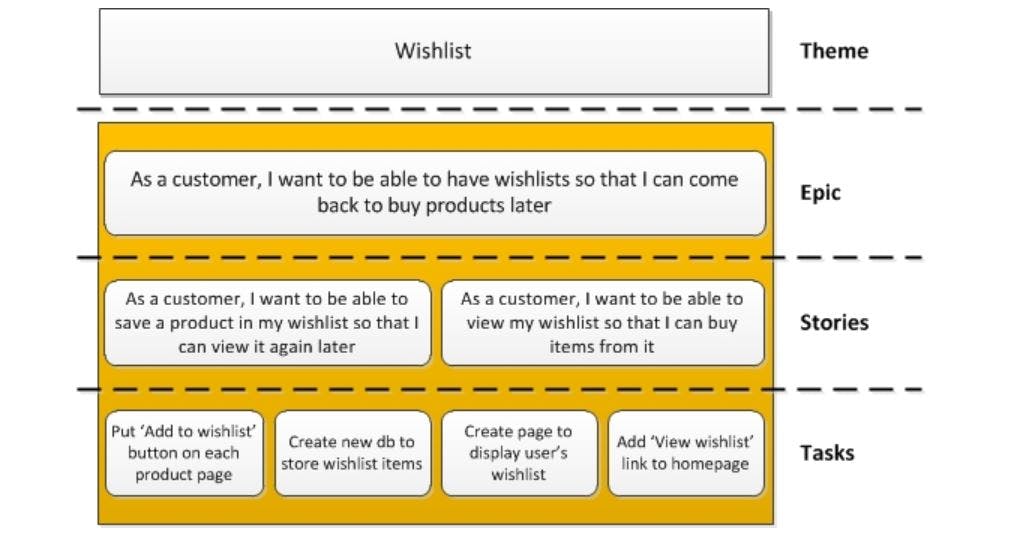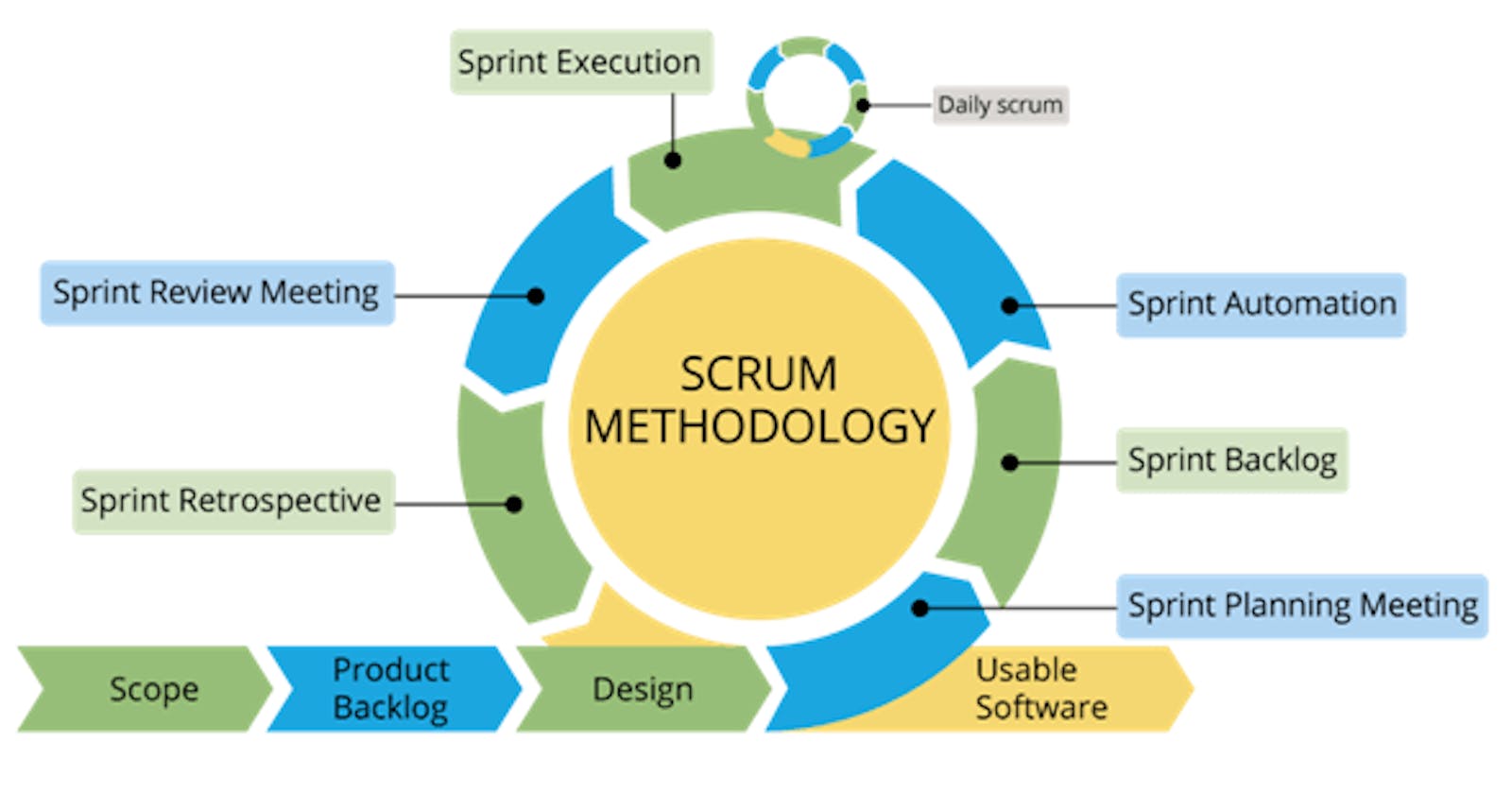Project management is always not an easy task in every career field. In order to manage multiple projects at the same time in a more efficient and effective way, we can always start to implement Agile Scrum methodology. It's easier if we start from a small team to understand how Scrum methodology works and how we utilise all the concepts in a correct manner.
People always think that it's very easy to manage a small team of 2-3 people just because the team is very small. In fact, it's only easy when everyone in the team is contributing to the concept of "transparency", in the sense that everyone is clearly acknowledge on the business direction and the team progress. For example, every team member knows about all the on-going projects in the company, who is responsible on each project, which project has the highest or lowest priority and etc. This happens when the team members will always update their work progress in a common communication tool periodically or request for more tasks to do when they've completed theirs. Besides, the leader plays an essential role in this scenario as well. Leader has to always understand each member's capabilities in order to assign the right tasks for them at a right timing.
The most important culture that I think that should be implemented in a team is "transparency". In Agile Scrum, the projects go by sprints. Sprint is most optimised to be in fortnightly basis, as it's not too long or too short. This means that every two weeks there will be a sprint meeting for sprint planning and discussion. Team members will be requested to update their work progress such as to-do tasks, in progress tasks and completed tasks. Team members are encouraged to share the circumstances faced in their tasks as well and obtain suggestions from the team. Other than increasing "transparency", sprint planning helps in preventing issue accumulation as well. Problems always get resolved easily when it's still mild and not causing any huge impact.

Apart from that, the issue hierarchy in Scrum (Epic -> Story -> Task) helps in better visualisation of user requirements and how it splits into the smaller chunks of works to be done behind in order to fulfil the requirement. The tasks can even be splitted into smaller pieces, known as sub-tasks.

The importance of issue hierarchy concept is highlighted with the story point concept. Epics and tasks can be assigned with the respective story point to indicate their priority and the difficulty. Team members should manage their time to complete all tasks based on the story point in the sense that higher story point means that the task requires more effort and time to complete. Other than using the story point to complete the tasks on time, it can also be used in team member's appraisal. Each member's hard work and effort can be determined based on the sum of the story points. Team members should always be treated and awarded fairly.

Team member's progress can be tracked according to the story points, while team's progress can also be tracked easily using the Agile reports such as Burndown chart, Sprint report, Velocity chart, Epic Burndown, Release Burndown, Cumulative Flow Diagram and etc. Data visualisation is very crucial because it helps to analyse and determine what can be improved and resolved.
Agile Scrum is one of the simple project management methodology to be implemented since in a small team. Disciplinary and consistency are required in this kind of methodology in order to improve efficiency and effectiveness.
Feel free to comment if you have any ideas or suggestions :)

